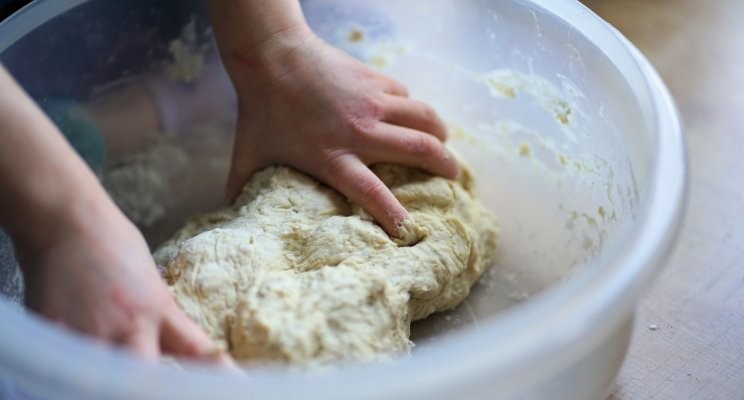
There are many reasons that food safety training pays back companies that invest in it. A study undertaken by Safe Food Canada, ROI of Food Safety Training in Canadian...
It’s been a tough year for the restaurant industry and with diners expected to stay away into 2023, there’s little respite in sight. Given the bleak outlook, now’s the time to switch up your marketing to find new ways of attracting and keeping consumers.
Incentivising diners to become repeat customers can significantly grow your customer base. According to a recent survey, more than 50% of Canadians would be more likely to dine out if offered loyalty programs.
Used to entice regular customers with perks like discounts, exclusive offers, or points-based reward systems, loyalty programs are an effective give-and-take to shore up steady business.
While the underlying idea is pretty straightforward, implementing incentives can be intimidating for smaller operators who may not be familiar with these schemes. The good news is it’s easier than you think to implement an effective loyalty program that improves customer service along with your bottom line.
At their most basic, loyalty programs are analytics tools - capable of collecting, categorizing, and securing large volumes of customer data.
The best place to start, therefore, is with a reliable POS (point-of-sale) platform. This should collect a range of customer data, including purchase history, frequency of visits, and meal preferences. Some of the most popular POS systems in the restaurant industry include:
Systems like these will collect the data, but it’s up to restaurants to decide how they want to use that data to craft their own unique loyalty program.
Think about where you want to direct customer spend - do you want to nudge them towards certain items on the menu, or just fill seats? Also consider your customer’s preferences - younger diners tend to be more tech savvy so they’ll likely want points for online ordering, older visitors might prefer exclusive offers or events.
TouchBistro outlines several different types of rewards including points-based, item-based, or subscription-only. The most simple approach is a points-based system where customers accumulate points for spending a certain amount or every time they book. After they reach a certain threshold, they can then cash in those points for a free menu item.
This is similar to an item-based structure where customers are rewarded per purchase i.e. buy nine cups of coffee and enjoy your tenth free! The advantage of these is that they’re unfussy, easy to use, and very straightforward. Item-based or points-based are great options if you’re a small business that doesn’t want to invest in complicated schemes and whose main goal is simply to get more customers coming through the doors.
Subscription schemes urge customers to sign up for programs that offer exclusive rewards. Like promotions, these tend to be more involved but give restaurants the ability to think outside the box and offer more than just freebies - rewards for subscribers could include restaurant merchandise, cooking classes, or invites to subscriber-only dinners.
Make it easy for your customers to sign-up - not everyone is technically savvy and even those that are don’t want to jump through multiple digital hoops to join a rewards program. Keep it simple and user-friendly.
Offer a sign-up bonus - you can’t reward your customers until they’re a part of the scheme so get the momentum going early with sign-up offers or first-timer discounts.
Consider tiered rewards - you can make your loyalty program more competitive by breaking it down into tiers. This will encourage participation and ignite lackluster participation.
Spread the rewards - give your customers more ways to earn their incentives by making them available on online orders and across locations if you’ve more than one.
Offer personalized incentives - customers like to feel special so think about personalizing your rewards based on a customer’s meal preferences, rather than offering generic incentives.
Engage your staff - if customers are going to join your loyalty program, they need to know about it first. Train your front-of-house staff in every detail of the scheme and ask them to promote it when dealing with customers. Of course, this shouldn’t involve a pushy hard sell, but rather be framed as a perk for special customers.
Get feedback - when your scheme is up and running, be sure to create space for feedback. You may need to tweak your program based on customer response so be prepared to be flexible.
Restaurants can’t afford to get complacent about their regular diners. These stalwart customers are the lifeblood of your business but they may not stick around during times of rising inflation, supply chain issues, and climbing food prices. Show them you appreciate their business, and they’ll return the favour.

There are many reasons that food safety training pays back companies that invest in it. A study undertaken by Safe Food Canada, ROI of Food Safety Training in Canadian...

When we’re handling food, we may pay special attention to expiry dates on dairy products and practice safe handling with meat, but the recent recall of Robin Hood flour...